What Tech Was Hot In The Year Of The Moon Walk?
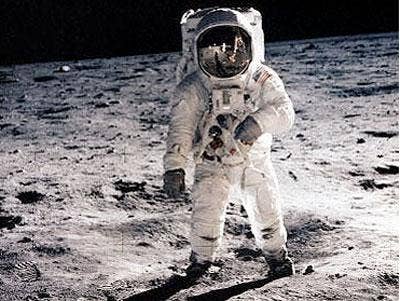
The Real Moon Walk
In 1969, when astronauts Neil Armstrong and Buzz Aldrin walked on the moon in the Apollo 11 mission, the Concorde was test flown and the Boeing 747 was put in service. Such technological achievements heralded the beginning of what would be known as the "computer age." Here's a look at just how young technology was in the days when moviegoers were watching "Easy Rider" and "Butch Cassidy and the Sundance Kid."
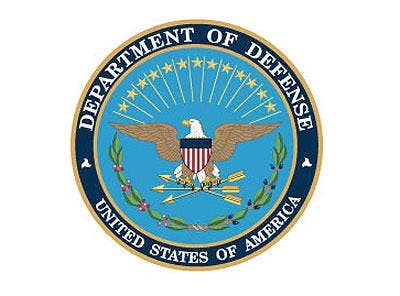
ARPANET
Paul Baran of the RAND Institute was commissioned by the Air Force to study how to maintain command and control after a nuclear attack. The solution Baran suggested involved a technology called "packet switching," which would let a message on a network reach its destination via any available route. The Advanced Research Projects Agency -- ARPA -- not only had faith in Baran's theory but saw that such a network would fulfill the Air Force's original mission, and answer the agency's need for sharing information between its many research institutions. ARPANET, predecessor of the Internet, was born.
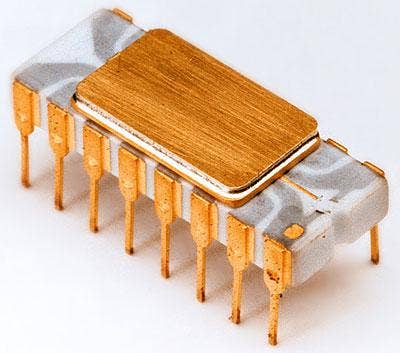
The Microprocessor
The world's first microprocessor, the 4004, a miniature set of integrated circuits, was codeveloped by Intel, a one-year old spin-off of Fairchild Semiconductors, with Busicom, a Japanese manufacturer of calculators. During the development of a general-purpose, large-scale integration for desktop calculators as well as other business machines, a basic architecture of 4004 was developed in August 1969.
And ... Seiko debuted the first quartz watch.
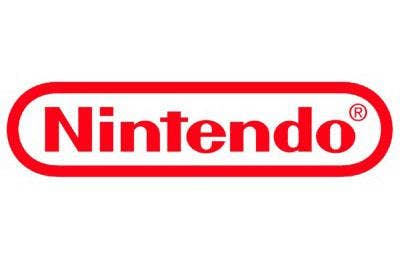
Nintendo
In 1969, Nintendo's first game department was established. It was called simply "Games," with an office in a newly built production plant in Uji City (a suburb of Kyoto). Until then, Nintendo was known as a playing card manufacturer. The next year, the Ultra Hand, developed by Gunpei Yokoi, who was initially at Nintendo as a maintenance man, put Nintendo on the map as a toymaker. Yokoi was instrumental in developing the arcade classic Donkey Kong years later.
On a low-tech note, Parker Brothers introduced the Nerf ball, made of polyurethane foam, marketed as safe for indoor play. By year's end, Parker Brothers had sold more than four million Nerf balls.
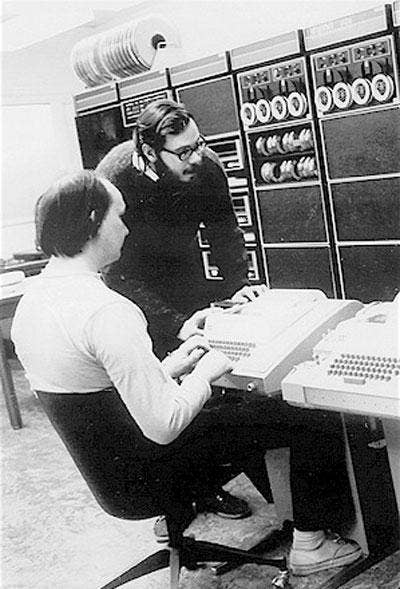
UNIX
Ken Thompson (standing left), a programmer at Bell Laboratories, then an AT&T subsidiary, developed "UNICS" (now Unix) while his wife and son took an August vacation. Legend has it he wrote the first version of Unix in assembly language for a Digital Equipment Corp. (DEC) PDP-7 minicomputer, spending a week each on the operating system, a shell, an editor and an assembler. Dennis Ritchie, a fellow computer scientist who worked with Thompson on Bell Labs' ill-fated but influential Multics, often is credited with developing the language with Thompson. In fact, the name UNICS (UNiplexed Information and Computing Service) was an insider joke, referring to an 'emasculated Multics.'
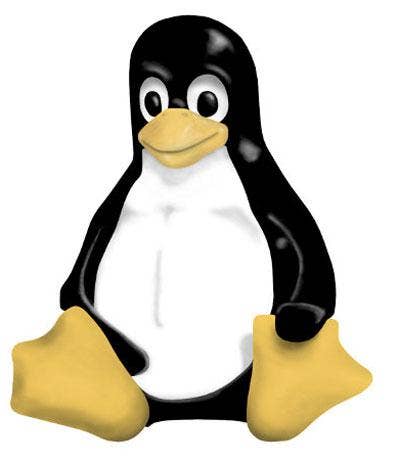
Linux, Sort Of
On Dec. 28, 1969, Linus Torvalds, father of the Linux operating system, was born in Helsinki, Finland. In 1991, Torvalds began what eventually became the development of the Linux kernel, announcing it in a note he posted on Aug. 25, 1991, on a Usenet newsgroup "comp.os.minix." Today, he is the Linux project's coordinator and "tux," pictured, is its mascot.